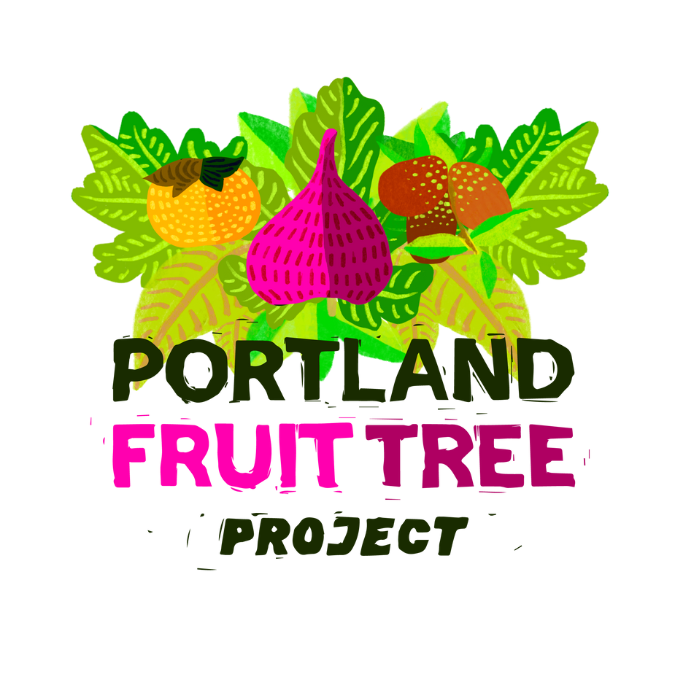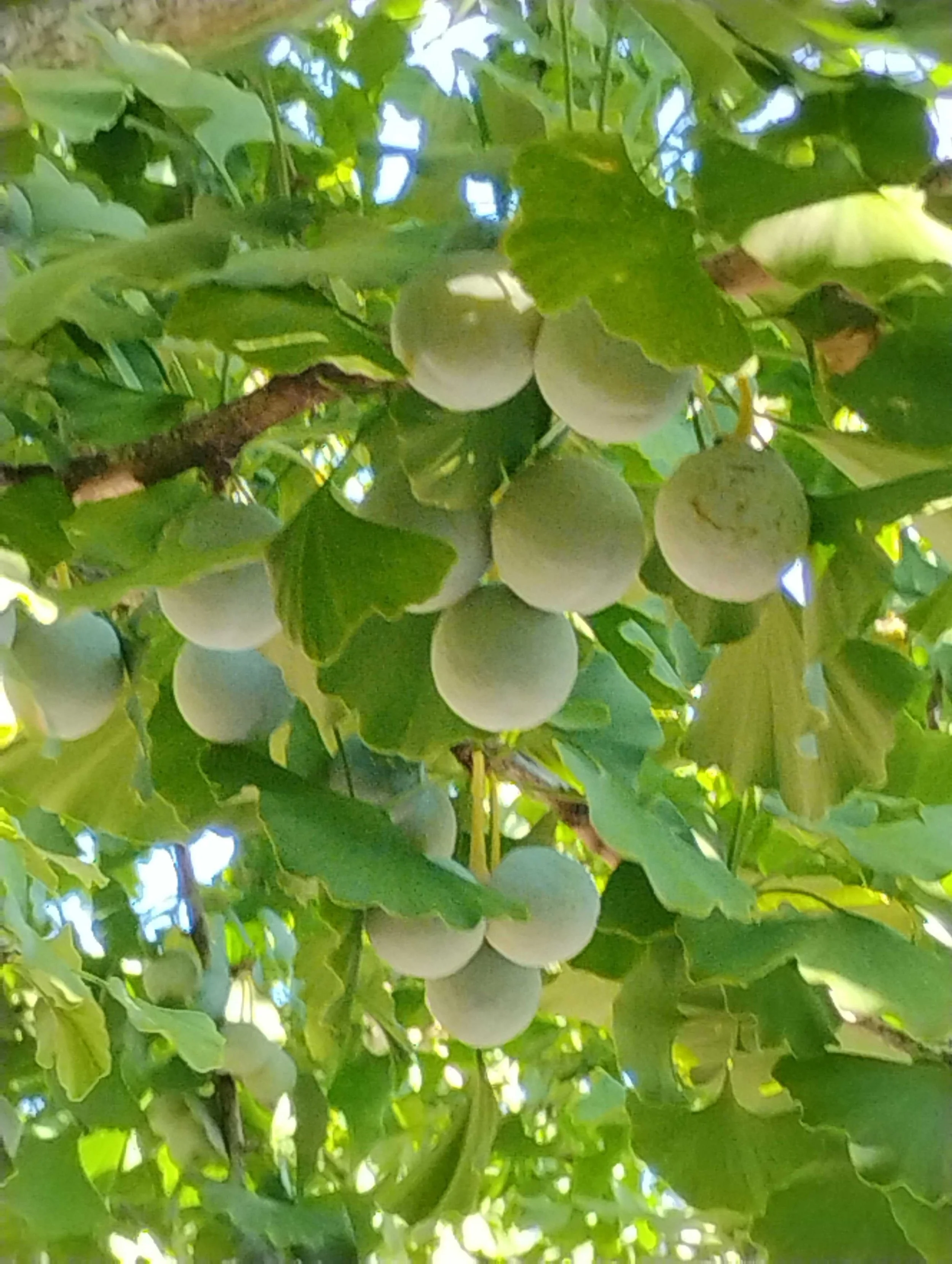Ginko Nuts - Patriarchy lurking in landscaping
Post sponsored by Welcome to PDX Real Estate Agent, Deb
〰️
Post sponsored by Welcome to PDX Real Estate Agent, Deb 〰️
Ginko
If you’ve walked around Portland in the fall, you’ve probably noticed the ginkgo tree. It’s the one with those amazing fan-shaped leaves that turn a brilliant golden yellow before they drop all at once. What you may not know is that some ginkgo trees also drop fruit—small, apricot-looking drupes with a… let’s just say unique smell. (Think: funky cheese meets old butter.)
Ginko nuts in their fruity casing
What Are Ginko nuts?
Only female trees make fruit - male trees just put out pollen. Because the fruit can be messy and smelly, most cities—including Portland—mostly plant male trees on purpose, which means the fruit-bearing females often get left out, even though they’re the ones who can actually feed us. Some people see that as one more example of how we tend to value neatness and control over fertility, mess, and abundance. In other words: the patriarchy, right down to our street trees.
In East Asia the ginkgo fruit has been cherished for centuries. Our friends over at the Asian Food Pantry shared that ginko “is a highly prized Traditional Chinese Medicine Ingredient, mostly used in dessert (sweet soup).” So while some folks wrinkle their nose and cross the street, others see food and medicine.
How to Harvest and Prepare Ginko nuts
What do they taste like?
Ginkgo nuts are mild, a little sweet, and have a texture somewhere between a bean and a chestnut. They’re great in both savory and sweet dishes.
Look for ripe ginko in October and November.
Harvesting includes something we NEVER say to do - pick up windfall! Yes, for once, we’re saying you can pick them off the ground - because you’re going to get rid of the fruit part for the nut.
Squish off the fruity bit, wash the remaining nuts off in a colander.
Spread the nuts onto a rack to dry for a day or two until totally dry.
You can store them in the fridge for a week or so.
Toast them in a cast iron pan until the crack - maybe cover the pan to be safe and when they’re done, you can salt them.
Open them like any other nut to use them in a recipe or just eat them!
Watch it in action here!
Some closing thoughts
The ginkgo fruit may not win awards for smell, but it’s one of those foods that remind us to look twice. Female ginkgo trees get sidelined because they’re “messy,” but they’re the ones offering nourishment and connection to an ancient food tradition.
So next time you see a golden ginkgo in the fall, check if it’s female. If it is, you might just find a treasure hidden inside those stinky little fruits.
If you don’t want to mess with them, get in touch! We’re ready and excited to rescue them for our food pantry partners!
Do you have extra and need help?
Talk to your neighbors! It’s a great way to meet them and you can share your abundance hyper locally!
Donate it through Portland Fruit Tree Project’s Fruit Fridge! Harvest and drop off at your convenience and we’ll get it all used up!
Can’t harvest it? Register for us to come harvest for you!
Take the next step with Portland Fruit Tree Project!
This content was generously supported by:
Are you interested in sponsoring Portland Fruit Tree Project content? Send us an email!



